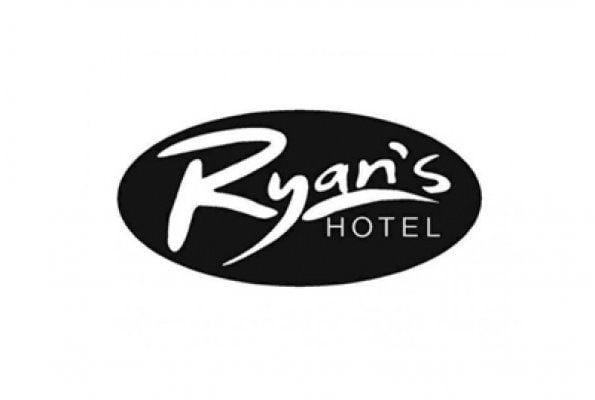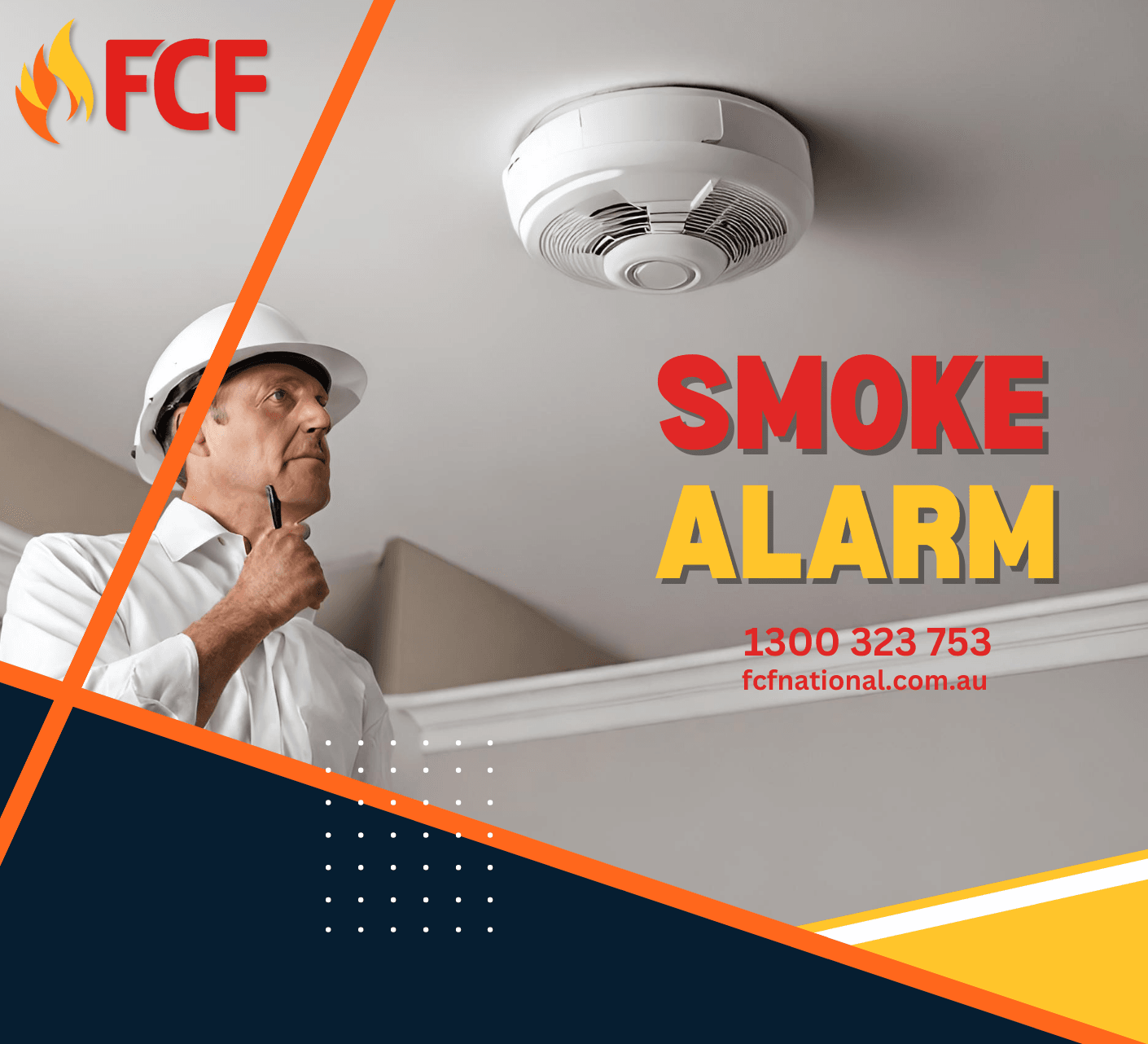What Are Two Types of Smoke Alarms?
Smoke alarms, often referred to as smoke detectors, are a cornerstone of modern home and building safety. These unassuming devices play a pivotal role in safeguarding lives and property by detecting the presence of smoke, which can be an early indicator of a fire. In this comprehensive guide, we will delve into the significance of smoke alarms and explore two primary types: ionization and photoelectric smoke alarms. Understanding their differences and capabilities is crucial for ensuring enhanced fire safety.
The Crucial Role of Smoke Alarms:
Before delving into the types of smoke alarms, it's essential to grasp why these devices are an indispensable part of any home or building's safety infrastructure. Smoke alarms serve as the first line of defense against fires by promptly detecting the presence of smoke particles in the air. When smoke is detected, these devices emit a loud, piercing alarm, alerting occupants to the potential danger and providing them with valuable seconds to react and escape.
The importance of early smoke detection cannot be overstated. Fires can escalate rapidly, filling a space with toxic smoke and deadly gases. By alerting individuals to a fire in its incipient stage, smoke alarms enable timely evacuation, potentially saving lives and minimizing property damage.
Types of Smoke Alarms:
There are primarily two types of smoke alarms available: ionization and photoelectric. Each type operates on a distinct principle of smoke detection, making them suitable for specific fire scenarios. To enhance overall fire safety, it's often recommended to install a combination of both types or dual-sensor smoke alarms that incorporate both technologies.
Ionization Smoke Alarms
Ionization smoke alarms are designed to detect small, fast-burning fires that typically produce minimal smoke in their early stages. They operate on the principle of ionizing radiation. Within the smoke alarm, there are two chambers separated by a central barrier.
Ionization Chamber: In this chamber, a small amount of radioactive material (usually americium-241) generates alpha particles. These alpha particles collide with oxygen and nitrogen molecules in the air, creating positively charged ions and free electrons.
Reference Chamber: On the other side of the central barrier is the reference chamber, which remains unaltered. It serves as a baseline for comparison.
When smoke particles from a fire enter the ionization chamber, they disrupt the balance of ions and electrons. This disturbance triggers the smoke alarm's alarm mechanism, setting off a warning signal.
Advantages of Ionization Smoke Alarms:
- Quick Response to Fast-Burning Fires: Ionization smoke alarms are highly responsive to fast-burning, flaming fires, such as those caused by paper or wood.
- Affordability: They are typically more affordable than photoelectric smoke alarms, making them a cost-effective choice.
- Limitations of Ionization Smoke Alarms: Limited Sensitivity to Slow-Smoldering Fires: Ionization alarms are less sensitive to slow, smoldering fires that produce thick smoke before flames become apparent.
- False Alarms: They are more prone to false alarms triggered by cooking smoke or steam.
Photoelectric smoke alarms, on the other hand, are designed to detect smoldering fires that produce significant smoke before flames erupt. These alarms operate based on the principle of light scattering.
Light Source: Within the smoke alarm, a light source (usually an LED) emits a constant beam of light into a sensing chamber.
Sensing Chamber: This chamber contains a photosensitive sensor or photodiode that detects light. Under normal conditions, the light beam from the LED does not reach the sensor.
When smoke particles enter the sensing chamber, they scatter the light. The scattered light is then detected by the photosensitive sensor, triggering the smoke alarm.
| Tags:Smoke Alarm System |

)
)
)
)
)
)
)
)
)
)
)
)
)
)
)
)
)
)
)
)
)
)
)
)
)
)
)
)
)
)



